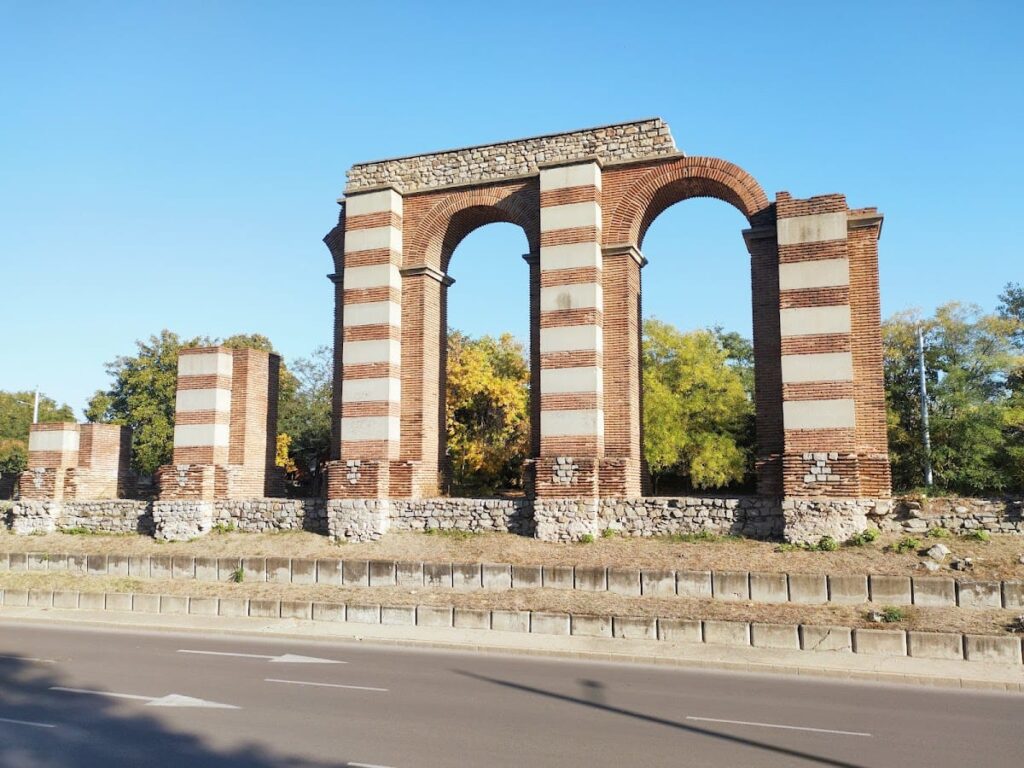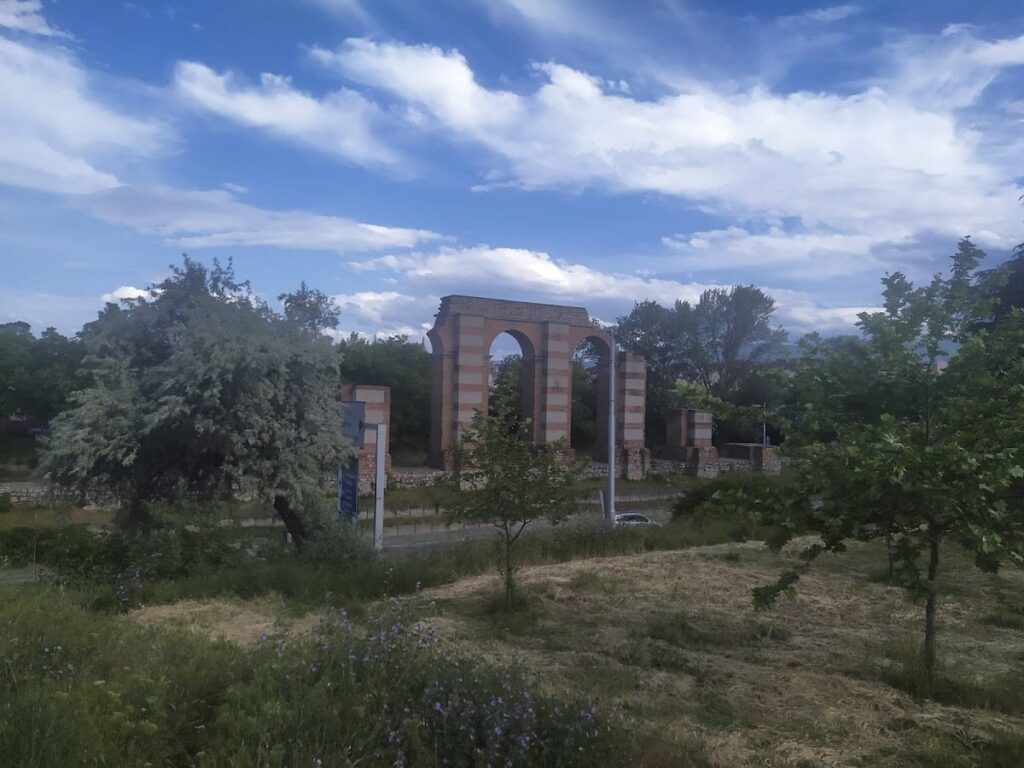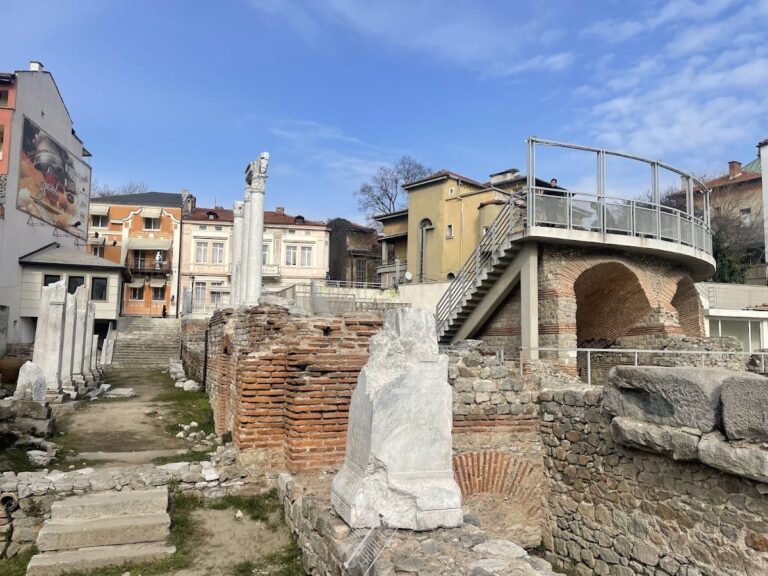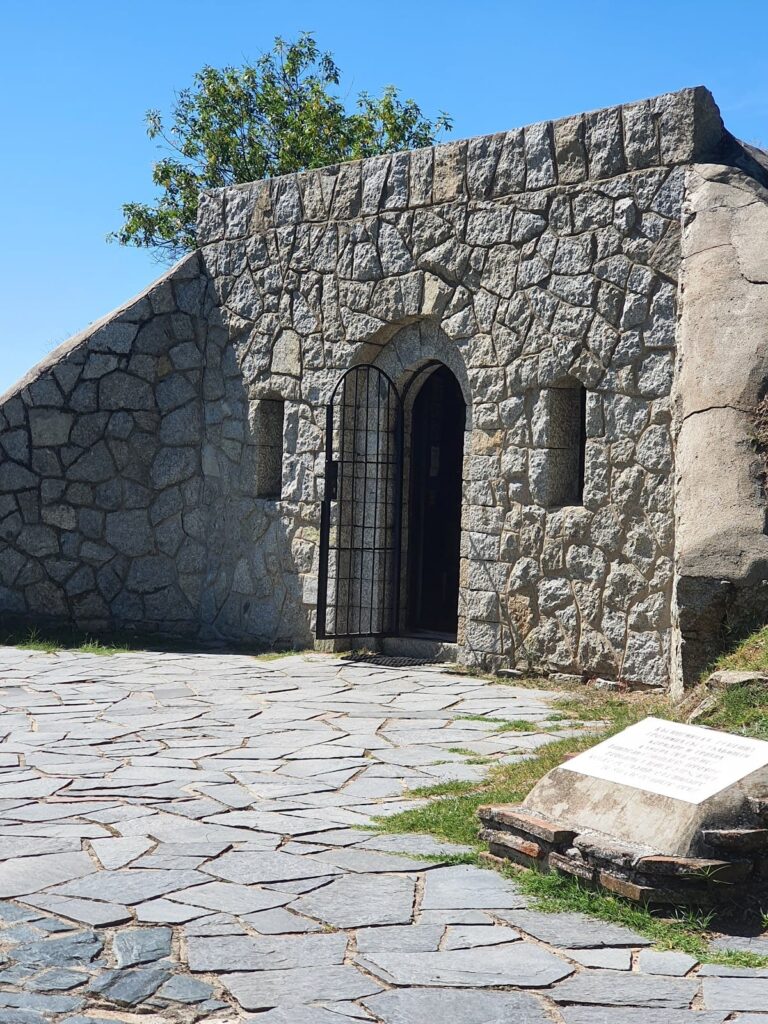Plovdiv Roman Aqueducts: Ancient Water Supply System in Bulgaria
Visitor Information
Google Rating: 4.7
Popularity: Low
Google Maps: View on Google Maps
Country: Bulgaria
Civilization: Byzantine, Roman
Remains: Infrastructure
History
The Roman aqueducts in Plovdiv were constructed during the 2nd and 3rd centuries AD, when the city was known as Philippopolis. This period corresponds to the height of Roman influence in the region, with Philippopolis serving as an important city. The aqueducts were built to supply water from mountain springs in the Rhodope foothills to the city, supporting public buildings, fountains, and some affluent private homes.
The aqueduct system remained in use throughout the Roman period, providing a steady water supply that contributed to the city’s infrastructure. Over time, as the Roman Empire’s control waned and the city underwent various political changes, the aqueducts fell out of use and eventually were abandoned.
In the 20th century, archaeological interest in Philippopolis’s water supply led to the rediscovery of the aqueduct foundations. In 1935, archaeologist Dimitar Tsonchev uncovered the remains, shedding light on the ancient water system. Later, in the 1980s, restoration efforts preserved the original foundations, ensuring the survival of the Roman aqueduct.
Remains
The Roman aqueducts in Plovdiv consist of two main parallel channels that merge near the Komatevo district. These aqueducts transported water from catchment areas near the modern villages of Kuklen and Markovo. Most of the pipelines were made of underground clay pipes, a common technique in Roman water systems, with only some sections visible above ground.
One notable visible section is the western aqueduct near the Komatevo road junction. This part stands out for its size and good state of preservation, offering insight into the scale and engineering methods used in Philippopolis. The aqueducts follow the natural slopes of Youth Hill, Bunardzhika, Sahat Tepe, and descend toward Taksim Tepe, demonstrating careful planning to maintain water flow.
The aqueduct remains are the only preserved Roman aqueduct structures found in Bulgarian territory. Restoration in the 1980s focused on conserving the original foundations, which remain in situ.










